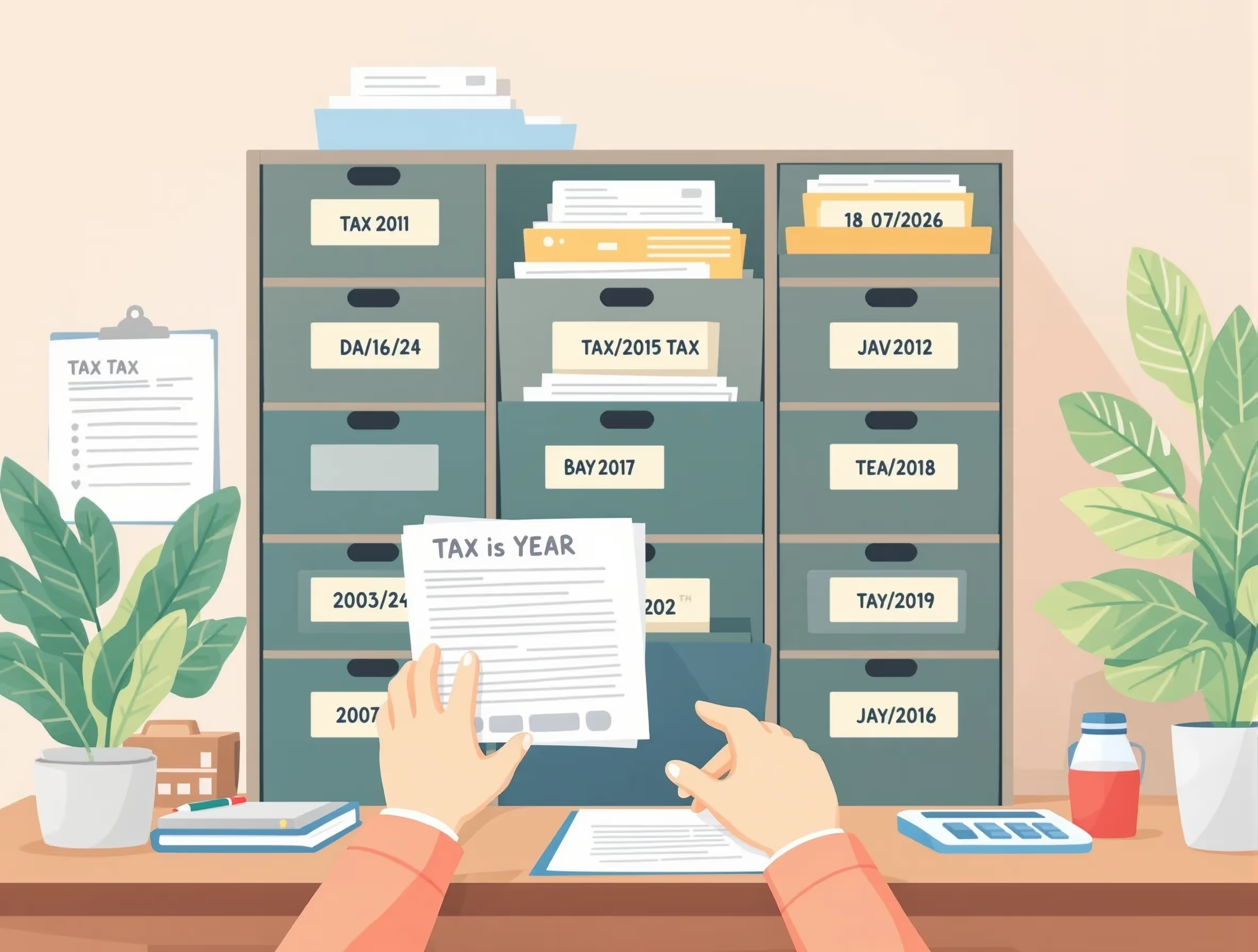
What Form 8858 Is For
IRS Form 8858 (2023) is an information return required for U.S. taxpayers who own or operate a foreign disregarded entity (FDE) or a foreign branch (FB). It provides details about these foreign entities to ensure compliance with U.S. tax laws. An FDE is a separate legal entity under foreign law but is disregarded for U.S. tax purposes, whereas a foreign branch is an extension of a domestic business operating abroad. The IRS uses this form to monitor foreign income, related entities, and taxable income reported on the federal income tax return.
When You’d Use Form 8858
U.S. taxpayers must file Form 8858 if they directly or indirectly own a foreign disregarded entity (FDE) or operate a foreign branch (FB) during a given tax year. This requirement applies to individuals, partnerships, corporations, and qualifying foreign entities, ensuring the proper reporting of foreign income, transactions, and tax details.
Filing timeline:
The form must be submitted at the same time as your federal income tax return—typically April 15 for individuals or the 15th day of the fourth month after year-end for corporations. You must attach Form 8858 to your primary tax return, such as Form 1040, 1120, or 1065.
Situations requiring the form:
- Initial Filing: You must complete Form 8858 when you first create, acquire, or begin operating a foreign disregarded entity (FDE) or foreign branch (FB). This initial submission establishes the IRS record for the foreign entity and its relationship to a U.S. tax owner.
- Final Filing: A final filing is required when you close, sell, or liquidate the FDE or foreign branch. This form notifies the IRS that the entity has ceased operations and that future filings are no longer necessary.
- Amended Filing: You need to file an amended Form 8858 when prior information changes—such as updates to foreign income taxes paid, adjustments in reported amounts, or corrections for earlier tax years.
Filing on time helps you maintain compliance, avoid IRS penalties, and preserve eligibility for foreign tax credits and other international tax benefits.
Key Rules or Details for 2023
The IRS Form 8858 (2023) introduced several key updates that change how U.S. taxpayers report foreign disregarded entities (FDEs) and foreign branches (FBs). Understanding these rules is essential for maintaining tax compliance and avoiding delays.
- Updated Filer Categories: The IRS revised definitions for Category 2 and Category 5 filers, narrowing the group required to report under these classifications.
- Functional Currency Reporting: Filers must list each entity’s functional currency using the three-letter ISO 4217 code to ensure consistent reporting of foreign income, current earnings, and taxable income.
- Exchange Rate Rule: All foreign income taxes paid must be converted using the divide-by convention, rounded to at least four decimal places.
- Schedule C-1 and Section 987 Updates: These reflect finalized rules for foreign currency transactions and reporting by qualified business units.
- Reference ID Numbers: Entities without an EIN must use consistent ID numbers, linking new and old identifiers when ownership changes.
- Dormant Entity Exception: The simplified summary filing procedure remains available for inactive FDEs.
Accurate documentation and adherence to these updates help ensure compliance with the IRS international reporting requirement.
Step-by-Step (High Level)
- Confirm Who Must File: Determine if you are a U.S. person—an individual or domestic corporation—who directly or indirectly owns a Foreign Disregarded Entity (FDE) or Foreign Branch (FB) through a foreign partnership, controlled foreign corporation, or U.S. or foreign partnership. If so, you must file Form 8858 with your federal tax return.
- Set Timing: Use the owner's yearly accounting period and complete a separate form for each FDE or FB. Apply the income inclusion rule for U.S. tax purposes to align reporting with your annual tax return.
- Gather Records: Collect the balance sheet, income statement, net income, and related party transactions with other associated entities, applying the approved average exchange rate.
- Complete Schedules: Fill out Schedule H, Schedule I, and Schedule M as required to report intercompany activity.
- File and Monitor: Submit your filing, review for IRS notices, and consult a qualified tax professional to avoid potential penalties or criminal penalties.
Common Mistakes and How to Avoid Them
Many U.S. taxpayers make minor but costly errors when completing Form 8858. The following are some of the most common mistakes and how to prevent them:
- Incomplete forms: Always fill in every required field before attaching supplemental pages. Avoid writing phrases like “See Attached,” as incomplete entries may delay processing.
- Incorrect ID numbers: Use the correct Employer Identification Number (EIN) or reference ID, rather than a Social Security Number, for a Foreign Disregarded Entity (FDE) or Foreign Branch (FB).
- Currency translation errors: Consistently apply the IRS-approved divide-by exchange rate and verify that you use the correct average rate for conversions.
- Incorrect tax year: Confirm that the entity’s annual accounting period matches the correct tax year to stay compliant with IRS filing requirements.
Proper attention to these details helps ensure accurate reporting and prevents unnecessary penalties.
What Happens After You File
Once you file Form 8858 with your federal tax return, the IRS reviews the information to confirm compliance with international reporting rules. The data helps track foreign income, related entities, and foreign taxes claimed as tax credits. While Form 8858 does not calculate additional tax, it supports accuracy across your entire tax return.
The IRS may send a notice if details appear inconsistent or incomplete. All submitted information is protected under Internal Revenue Code Section 6103, ensuring confidentiality. Keep your records, financial statements, and supporting schedules for at least three years to verify accuracy if requested by authorities.
FAQs
What is a foreign disregarded entity, and how does it differ from a foreign branch?
A foreign disregarded entity is a separate business entity recognized under foreign law but disregarded for U.S. tax purposes. In contrast, a foreign branch is an extension of a U.S. business operating abroad.
When must I report foreign disregarded entities (FDEs) on Form 8858?
You must report all foreign disregarded entities (FDEs) you own directly or indirectly during your annual accounting period, even if they generate no current earnings or activity.
How should I report my income statement and balance sheet information?
To show taxable income, intercompany activity, and transactions with related entities, you need to include a summarized income statement, balance sheet, and other relevant schedules, like Schedule H, Schedule I, and Schedule M.
What are the potential penalties for not filing Form 8858 or submitting incorrect information?
Failure to file your form or errors in it can result in potential penalties, including substantial fines and the loss of foreign tax credit benefits. Continued noncompliance may also trigger IRS enforcement actions.
Do I need to include all related entities and foreign disregarded entities (FDEs) on one form?
No, you must file a separate Form 8858 for each entity or foreign branch, even if they are related entities under common ownership.
























